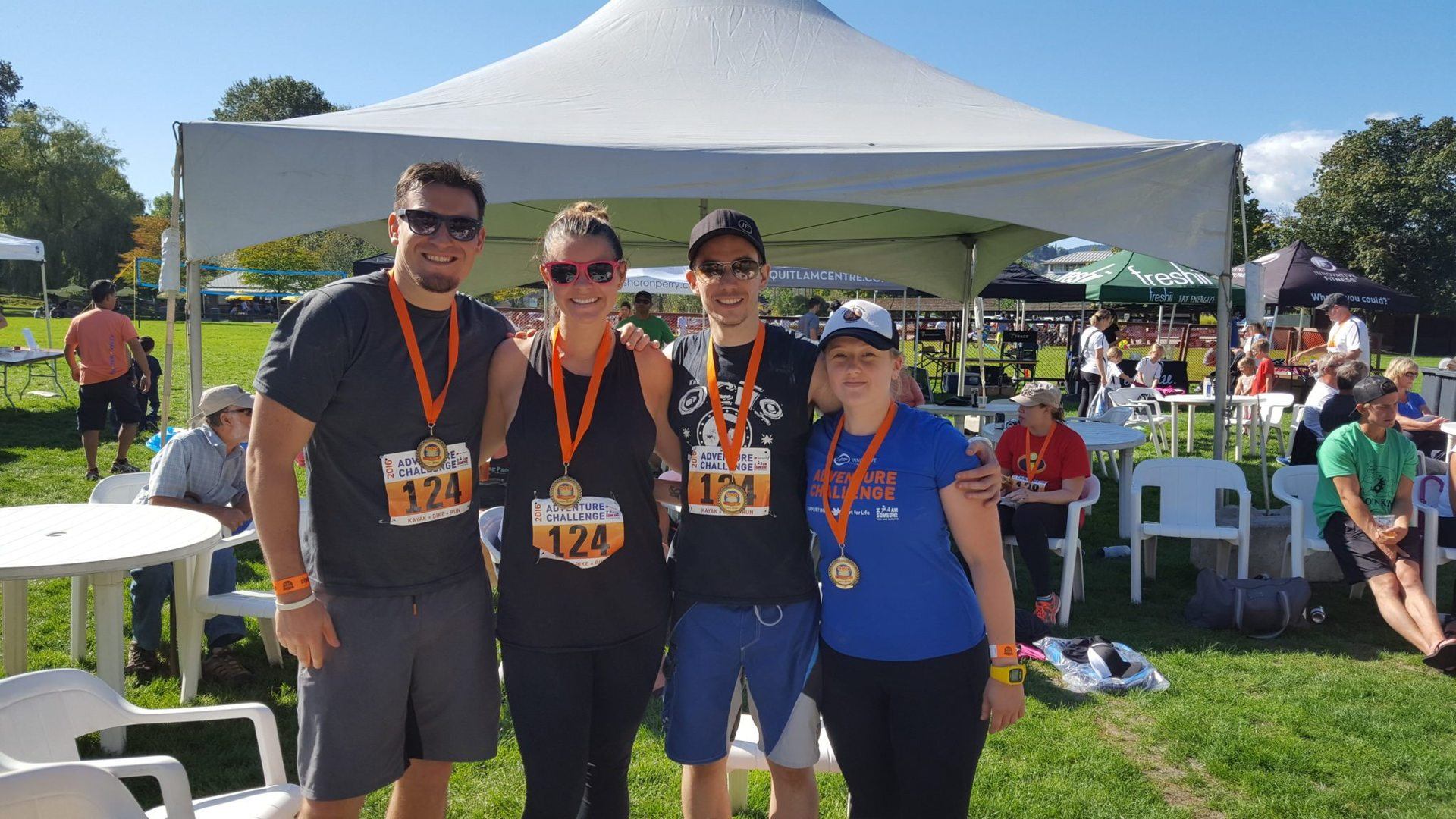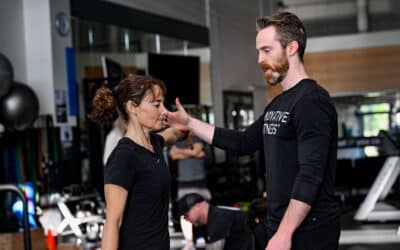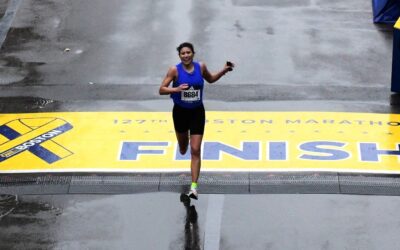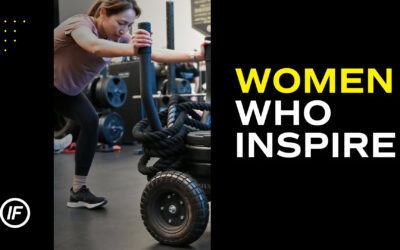From an early age, the answer to the question “what are you going to do when you grow up?” seemed obvious: I was going to be a professional musician, just like everybody else in my family. When I was very young (and age I can barely rember), I played piano but I quickly realized that it wasn’t the instrument for me.
Finding a Passion
After that, I took up guitar but that also failed to really hold my attention. Finally, I found the alto saxophone and for years I believed that I was destined to be a professional sax player. That was, up until my final year of high school when I took a class called “Exercise Science” and everything changed forever.
I became fascinated with the workings of the human body, mostly from a biomechanical standpoint. I didn’t necessarily want to be a doctor, but I knew I wanted to help people improve their physical health. Having my attention re-focused, I set my plans for post-secondary music department auditions to the side and instead applied to the Kinesiology departments of several universities.
Working with Athletes
After receiving several acceptances from various institutions, I decided to attend Western University and, more specifically, the highly competitive Sport Medicine stream in their School of Kinesiology. By the time we reached our fourth and final year in the Sport Medicine program my class had been whittled from 300+ students down to just 25 who had been selected to work as the trainers for the Varsity Teams.
My team assignment?
Track & Field.
I was ecstatic! You see, at this point, I was of the belief that I wanted to be a physiotherapist and what better way to get my feet wet in the industry that to be given a position where you’re responsible for conducting physical assessments, working with the other members of the sport medicine team, and overseeing the return-to-play programming for over 80 athletes of various disciplines?
Want to know a dirty little secret that most people don’t realize?… Working with high-performance athletes is not all it’s cracked up to be.
Let me explain: high-performance athletes are used to performing at the highest of levels. When they’re not able to perform to their own expectations and to those of their coaches many of them become very disheartened and very negative. Now, negative thought patterns are something you need to be able to work with as a coach, without a doubt but, in the role in which I was working at the time, it was the only side of the athletes I ever got to see. I’d get them back to “performance ready” and then send them back to their coach.
The Perfect Opportunity
It was during this time that I realized I wanted to work with people on all ends of the performance spectrum. Do I want to be able to work with people as they are coming off an injury? Absolutely! But I also want to be able to continue working with those people once they’re healthy and help them get to the NEXT level. Ideally, a level they’ve never seen before.
At Innovative Fitness, I have the opportunity to do just that. I’d say that roughly 50% of the people I work with are managing some kind of physical impediment: whether it be recovering from frozen shoulder, a herniated disc, or a heart condition, everyone is facing their own form of adversity. I love being able to help them work through it and, once they’re ready, take their health and performance to a level they weren’t sure would ever be possible, like completing their first multi-sport race or climbing Mount Kilimanjaro.
At Innovative Fitness, our members are taking their health and performance to higher levels every day. What IF you could?
—
Sean Allt
Professional Training Coach / Product Manager
Innovative Fitness – TELUS Garden
Follow IF on Instagram.
Watch IF on YouTube.







